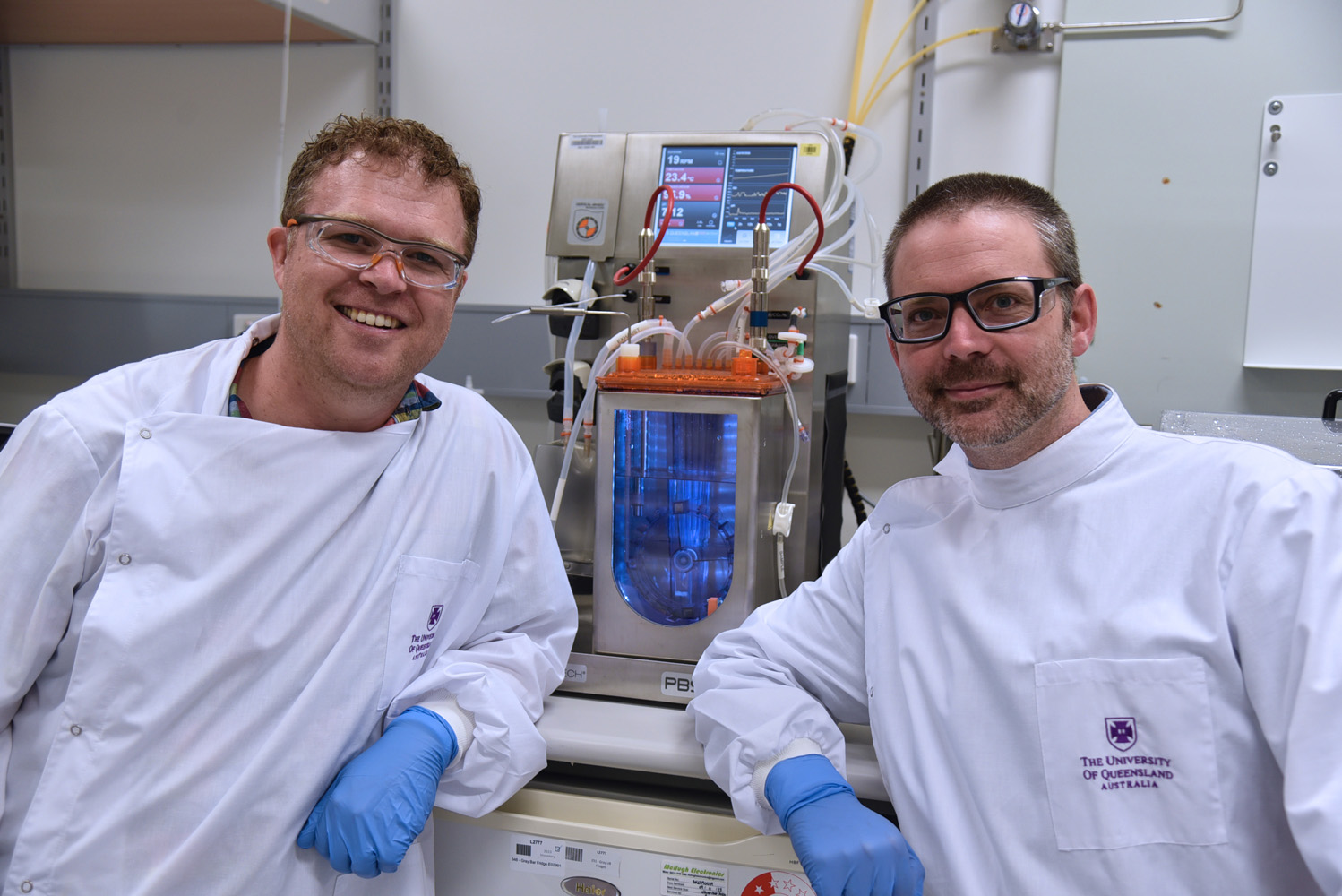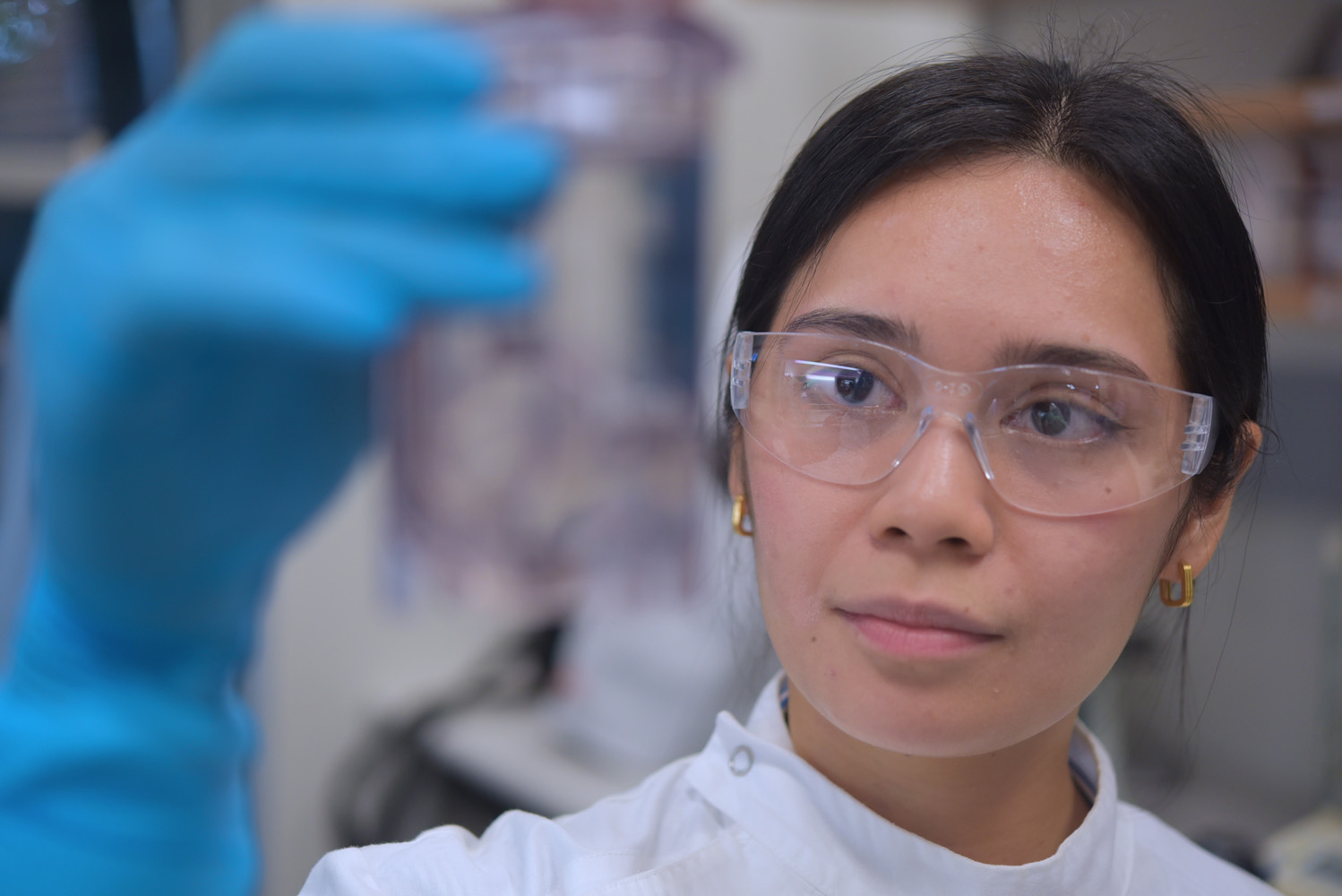Heart disease is a major killer in Australia – but researchers are a beat closer to remuscularising your dodgy ticker with a lab grown solution.
A functional graft of beating heart muscle – known as a cardiomyocyte - derived from pluripotent stem cells could soon be a reality thanks to the efforts of University of Sydney Professor James JH Chong and a team at UQ’s Australian Institute for Bioengineering and Nanotechnology (AIBN).

Gray Group researcher and StemCore facility Manager Dr Andrew Prowse - along with AIBN colleagues Dr Steve Dingwall, Cherica Felize J. Ongtengco, and Professor Peter Gray - joined Professor Chong and others to explore how to grow clinically relevant quantities of cardiomyocytes as a safe and viable treatment for heart disease.
Join The Network
Stay on top of our industry news and developments, events and opportunities, by joining The Network
Crucially, the AIBN team was responsible for growing the cardiomyocytes central to the project, right here in the labs at UQ.
“This project represents a significant amount of work we’ve performed here at AIBN over the past few years,” Dr Prowse said.
“We’ve produced large doses of heart muscle cells from pluripotent stem cells with a goal of proving the technology can be a viable treatment option.”
While the prospect of substantial cardiac remuscularisation with pluripotent stem cell derived cardiomyocytes has given hope to many heart patients, Dr Dingwall said researchers needed further proof that the technology was safe.

“At the moment, grafting cardiomyocytes onto a damaged heart can lead to arrhythmias - a condition in which the heart beats with an irregular or abnormal rhythm,” Dr Dingwall said.
“And so, while clinical trials are now being planned, or are in progress globally, there are clearly complications we need to overcome if this is going to be seen as a mainstream, palatable option.
“This collaboration with Professor Chong brings us closer to that point.”
In Nature Cardiovascular Research, the group identified a population of atrial and pacemaker-like cardiomyocytes as the culprits causing arrhythmias.
The AIBN team undertook the bioreactor cell-production and quality-control experiments for the paper, ultimately providing a deeper mechanistic understanding of a predictable complication.
You can read the collaboration in Nature Cardiovascular Research right here.

This research is part of a wider $4.9 million Medical Research Future Fund (MRFF) program led out of the University of Sydney that Dr Prowse, Dr Dingwall and Professor Gray have been involved in since 2021.
Also led by Professor Chong, this five-year MRFF project is broadly focused on reaching a Phase 1 Clinical trial using induced pluripotent stem cell derived cardiomyocytes as a new therapy for 'no-option' end stage heart failure.
“The hope is that this research will one day provide a "cure" for chronic heart failure, restoring heart function post-damage” Dr Prowse said.


